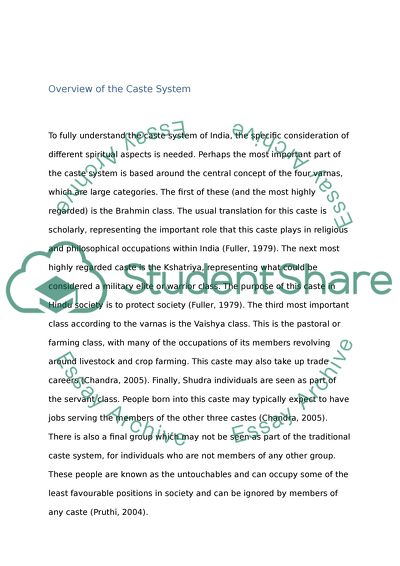Cite this document
(“Indias Cast System Essay Example | Topics and Well Written Essays - 2250 words”, n.d.)
Retrieved from https://studentshare.org/history/1473185-indias-cast-system
Retrieved from https://studentshare.org/history/1473185-indias-cast-system
(Indias Cast System Essay Example | Topics and Well Written Essays - 2250 Words)
https://studentshare.org/history/1473185-indias-cast-system.
https://studentshare.org/history/1473185-indias-cast-system.
“Indias Cast System Essay Example | Topics and Well Written Essays - 2250 Words”, n.d. https://studentshare.org/history/1473185-indias-cast-system.


